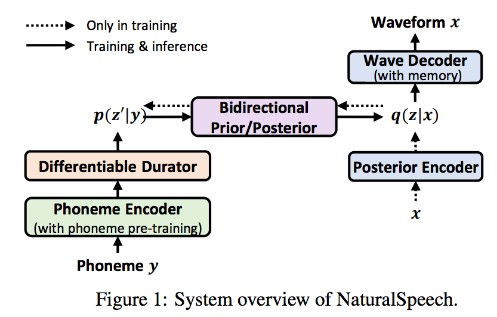Imagen – Pytorch (wip)
Implementation of Imagen, Google’s Text-to-Image Neural Network that beats DALL-E2, in Pytorch. It is the new SOTA for text-to-image synthesis.
Architecturally, it is actually much simpler than DALL-E2. It composes of a cascading DDPM conditioned on text embeddings from a large pretrained T5 model (attention network). It also contains dynamic clipping for improved classifier free guidance, noise level conditioning, and a memory efficient unet design.
It appears neither CLIP nor prior network is needed after all. And so research continues.
Install
$ pip install imagen-pytorch
Usage
import torch
from imagen_pytorch import Unet, Imagen
# unet for imagen
unet1 = Unet(
dim = 32,
cond_dim = 128,
channels = 3,
dim_mults=(1, 2, 4, 8)
).cuda()
unet2 = Unet(
dim = 32,
cond_dim = 128,
channels = 3,
dim_mults=(1, 2, 4, 8)
).cuda()
# imagen, which contains the unets above (base unet and super resoluting ones)
imagen = Imagen(
unet = (unet1, unet2),
image_sizes = (64, 256),
timesteps = 100,
cond_drop_prob = 0.5
).cuda()
# mock images (get a lot of this) and text encodings from large T5
text_embeds = torch.randn(4, 256, 512).cuda()
images = torch.randn(4, 3, 256, 256).cuda()
# feed images into imagen, training each unet in the cascade
for i in (1, 2):
loss = imagen(images, text_embeds = text_embeds, unet_number = i)
loss.backward()
# do the above for many many many many steps
# now you can sample an image based on the text embeddings from the cascading ddpm
images = imagen.sample(texts = [
'a whale breaching from afar',
'young girl blowing out candles on her birthday cake',
'fireworks with blue and green sparkles'
])
images.shape # (3, 3, 256, 256)
Todo
- use huggingface transformers for T5-small text embeddings
- add dynamic thresholding
- add dynamic thresholding DALLE2 and video-diffusion repository as well
- allow for one to set T5-large (and perhaps small factory method to take in any huggingface transformer)
- separate unet into base unet and SR3 unet
- build whatever efficient unet they came up with
- add the noise level conditioning with the pseudocode in appendix, and figure out what is this sweep they do at inference time
- port over some training code from DALLE2
- figure out if learned variance was used at all, and remove it if it was inconsequential
Citations
@misc{Saharia2022,
title = {Imagen: unprecedented photorealism × deep level of language understanding},
author = {Chitwan Saharia*, William Chan*, Saurabh Saxena†, Lala Li†, Jay Whang†, Emily Denton, Seyed Kamyar Seyed Ghasemipour, Burcu Karagol Ayan, S. Sara Mahdavi, Rapha Gontijo Lopes, Tim Salimans, Jonathan Ho†, David Fleet†, Mohammad Norouzi*},
year = {2022}
}






